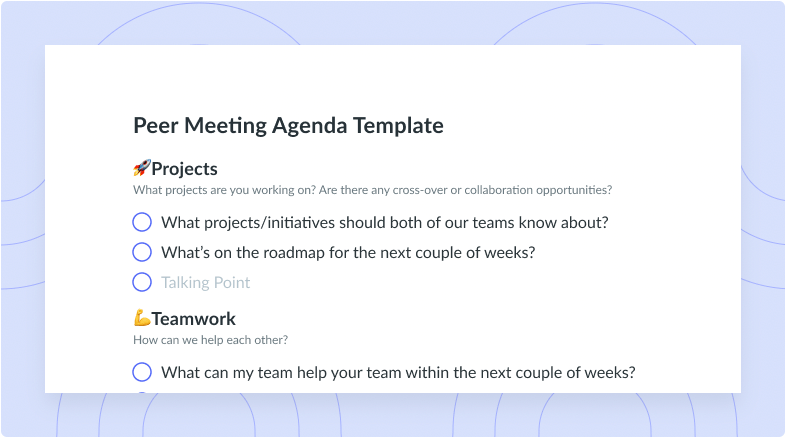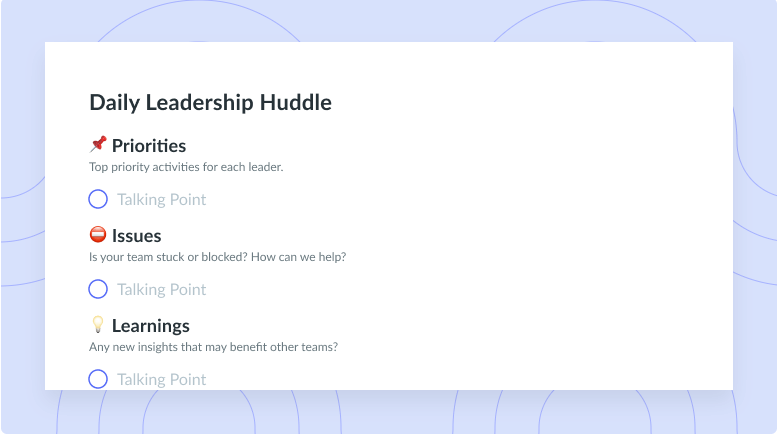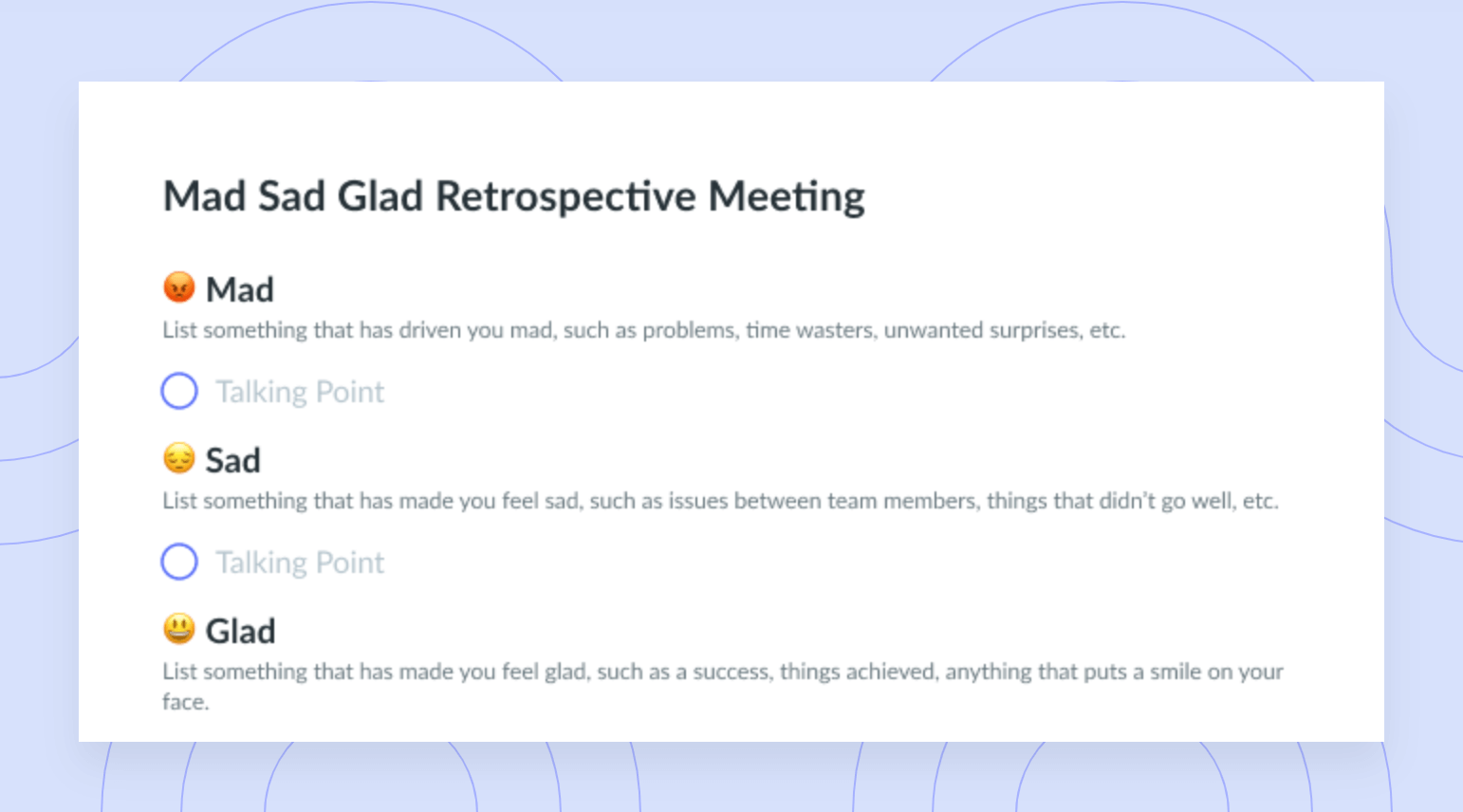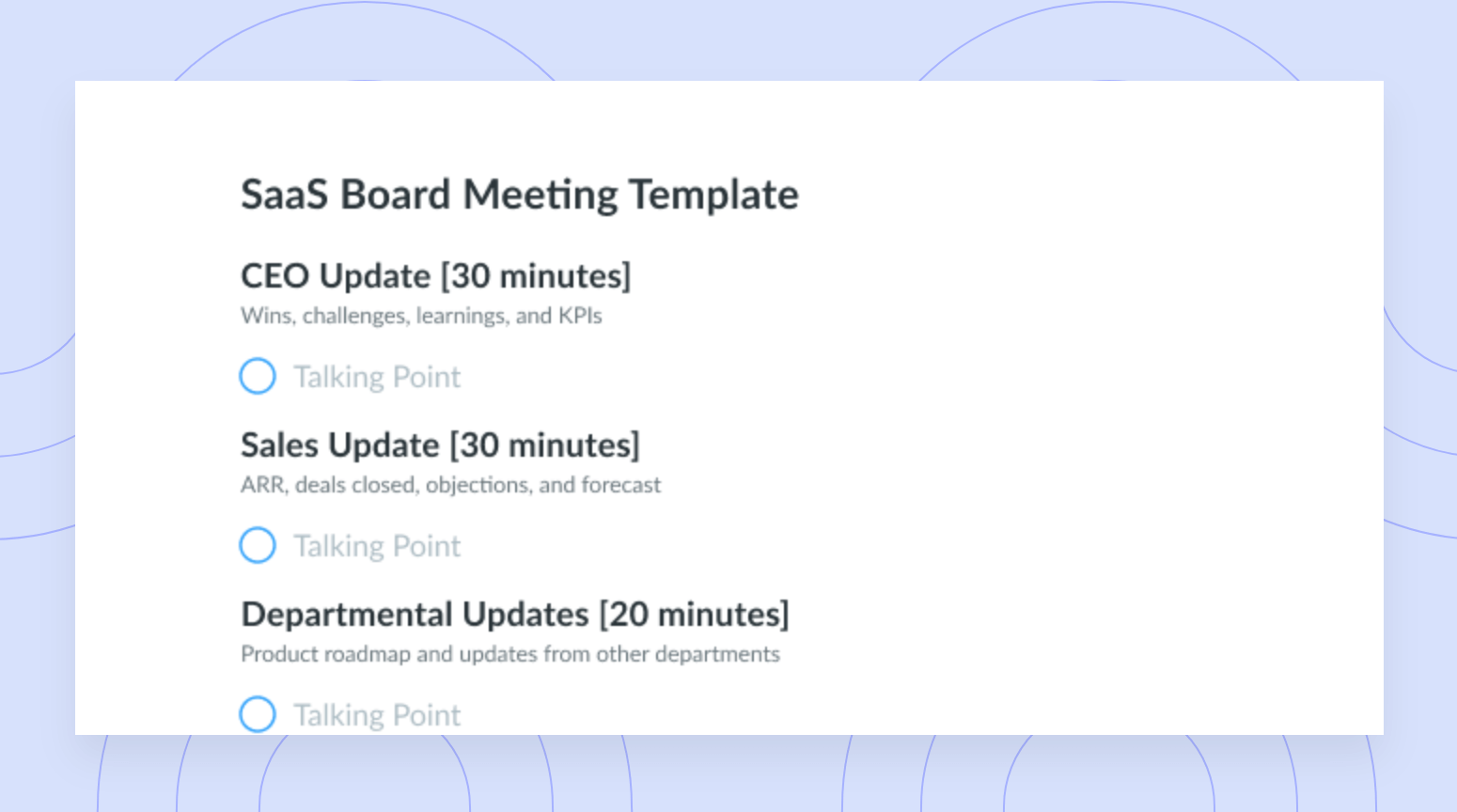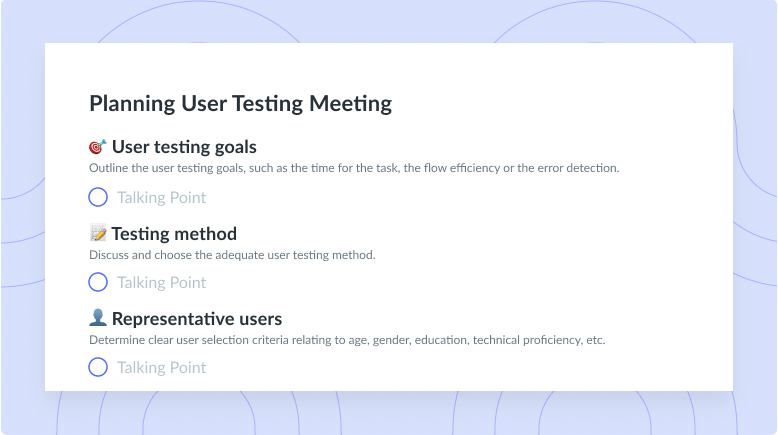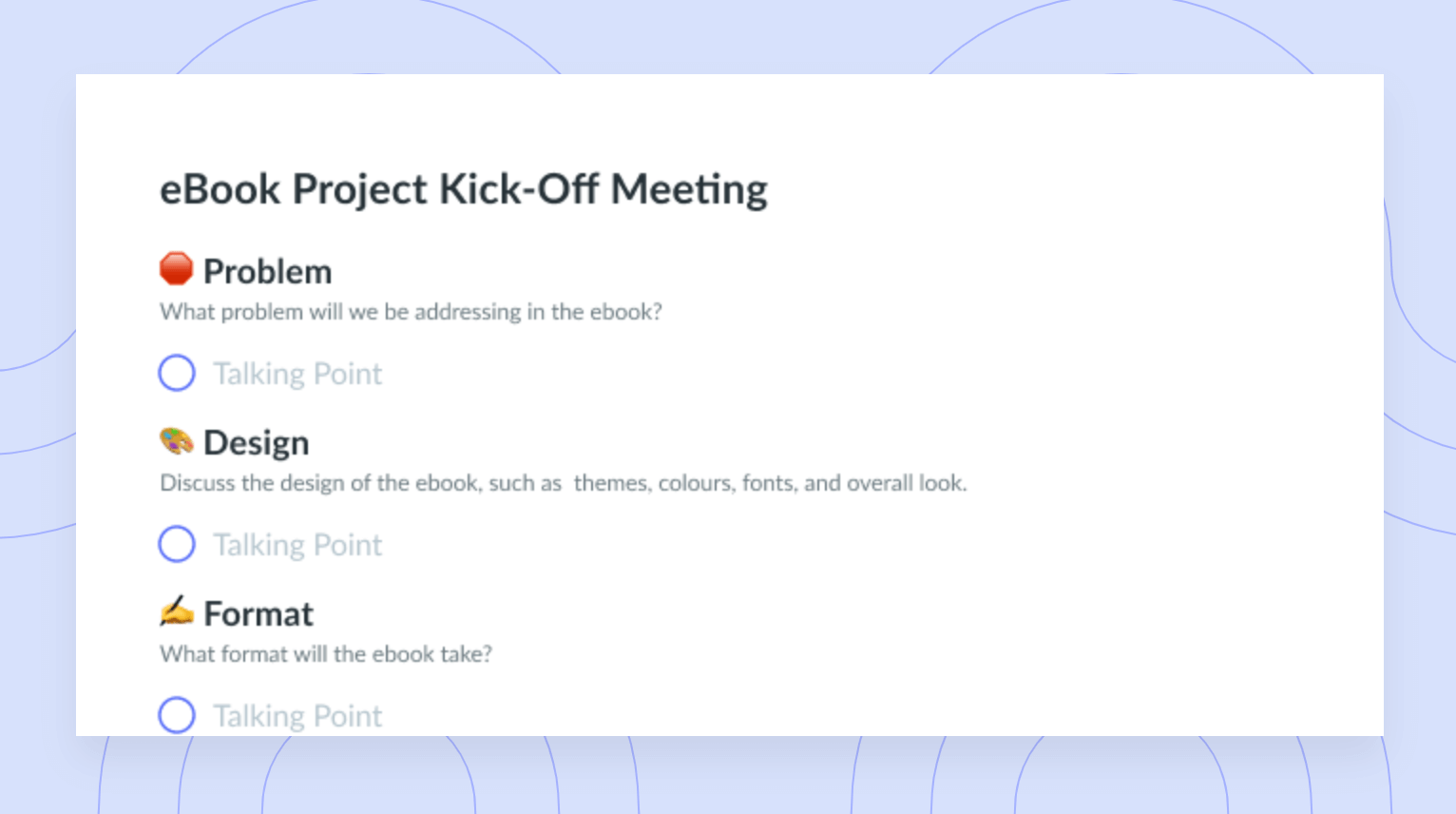Effective Nonverbal Communication in Digital World: 10 Tips
Improve the way you use nonverbal communication in the digital world to build better relationships with these 10 tips.
When you think of great communicators, you probably imagine individuals who can engage others in conversation and provide thoughtful insight and analysis to a variety of situations. What if we told you that great communicators are also talented at using things like body language, gestures, and expressions to convey information?
As the saying goes, actions speak louder than words. In the digital age, nonverbal communication is more important than ever.
Read on to learn why nonverbal communication is important in a digital world and how you can become a better nonverbal communicator today!
- What is nonverbal communication?
- Why is nonverbal communication important in a digital world?
- 10 tips for effective nonverbal communication in a digital world
What is nonverbal communication?
When you interact with others in person or virtually, you constantly give wordless signals.
Nonverbal communication refers to the way we convey information through our emotions, needs, intentions, and attitudes. Some examples of nonverbal communication are facial expressions, eye contact, and posture. This type of communication also includes the gestures you make, your tone of voice, and the way you use mannerisms to emphasize or complement your verbal messages.

Take control of your meetings
Collaborate on meeting notes, foster accountability with action items, and grow with meaningful feedback. Try Fellow today!

Why is nonverbal communication important in a digital world?
In an age of digital communication, good nonverbal communication skills can make the difference between an effective conversation and a confusing one. Research even shows that 55% of communication is expressed through body language.
With remote and hybrid work, the subtle ways we communicate have changed. Nonverbal communication can help us understand how others receive information, how they’re feeling, and how to approach new and challenging topics with different individuals. That’s why it’s vital to treat virtual meetings with the same professionalism you would any in-person meeting.
“The most important thing in communication is hearing what isn’t said.”
— Peter Drucker, Austrian-American Management Consultant, Educator, and Author
Let’s explore 10 tips you can use to practice effective nonverbal communication in the digital age.
10 tips for effective nonverbal communication in a digital world
- Keep your camera on
- Smile and nod
- Maintain eye contact
- Use emojis
- Use hand gestures
- Avoid touching your face
- Use facial expressions to your advantage
- Have proper posture
- Read your audience’s nonverbal signs
- Avoid fidgeting
1Keep your camera on
Remote meetings are here to stay. During your virtual meetings with colleagues, clients, and stakeholders, keep your camera on so the other participants can see your face. By keeping your camera on, you show that you’re engaged and listening to what the other people on the call have to say. Face-to-face communication also helps build trust and credibility with others. When done efficiently, a quick face-to-face conversation can save you hours of unnecessary email correspondence.
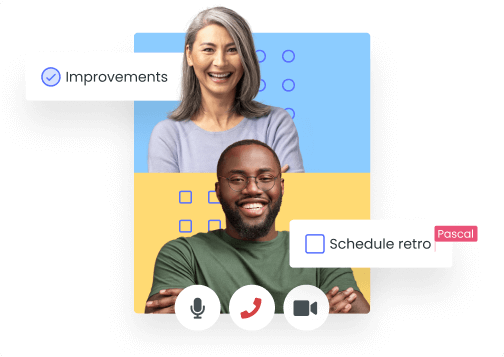
2Smile and nod
We’ve all left meetings with stone-faced colleagues feeling disheartened or confused. Some workplace initiatives will lack enthusiasm, but that doesn’t mean you shouldn’t try to bring positivity to each conversation through your expressions and gestures. During virtual meetings, smile often and nod your head to show that you’re engaged while the other attendees speak.
“Smiles are probably the most underrated facial expressions, much more complicated than most people realize. There are dozens of smiles, each differing in appearance and the message expressed.”
— Paul Ekman, American Psychologist
3Maintain eye contact
Eye contact is essential for effective communication. Making eye contact can help you focus on the conversation and read your colleagues’ facial expressions.
When your eyes wander during a conversation, others might assume you aren’t paying attention or that you lack confidence. Direct eye contact indicates to others that you want their participation throughout the conversation. It also can influence others’ perception of your credibility, trustworthiness, and ability to lead. Look directly into your computer’s camera to give the illusion of true eye contact during virtual meetings.
4Use emojis
Hear us out with this one. Emojis can be a great way to display facial expressions, tone of voice, and human gestures in your digital communications. They can add context and additional emotional meaning to messages, emails, and reactions during virtual meetings. While you shouldn’t go overboard, adding the applause or smile emoji the next time your team is celebrating a small win will go a long way in making your colleagues feel happy and appreciated. 👏😊
Did you know that you can use emojis to react to collaborative meeting agendas in Fellow? Jazz up your notes by selecting an emoji reaction that will appear under your text for further engagement.
5Use hand gestures
Hand movements can help you exude energy during virtual encounters. Use your hands to gesture lightly as you speak during virtual meetings. This will make it clear that you’re emphasizing certain words and phrases. Uncross your arms to signal to the person you’re speaking with that you feel confident and at ease. Try not to go overboard so you don’t come across as fidgety. If it’s helpful, practice presentations or speeches in the mirror to gain awareness of your natural gestures and other body languages.
6Avoid touching your face
Touching your face is distracting to the other meeting attendees and makes you appear more nervous than confident. According to Healthline, the average person touches their face 16 times per hour. When you touch your face during meetings, you communicate to the other participants that you’re stressed while also spreading oil, dirt, and bacteria from your hands to your face. Face touching is even interpreted as deceptive by some. Break this habit by keeping your hands busy during calls. Use a stress ball or rubber band to keep your hands occupied below your desk if you must.
7Use facial expressions to your advantage
Facial expressions are the most obvious indication of how someone is feeling. It’s much easier to control your body language than to mitigate strong emotions on your face. During positive conversations, maintain a slight smile and raise your eyebrows a bit to show enthusiasm. Your expressions should always match the conversation topic. For example, if you say, “I’m so excited about this new project!” your face had better tell the same story.
You should also read the “Zoom room” and pay attention to the facial expressions of others. Reading faces ensures that you’re able to respond appropriately. If someone appears cold or skeptical, don’t assume they’re unhappy. If you need to confirm the meaning behind facial expressions, ask if anyone has any questions for you.
8Have proper posture
Good posture will help you convey the appearance of confidence. Sit or stand up straight to exude professionalism and general disposition towards the conversation at hand.
Slouching during a virtual meeting can give the audience the impression that you’re disengaged. Select proper seating that allows you to sit comfortably, keep your shoulders square, and lean into the camera to show that you’re actively listening.
“Good posture is the one most important thing anybody can do to look better.”
— Helen Gurley Brown, American author, publisher, and businesswoman
9Read your audience’s nonverbal signs
You should be able to interpret others’ nonverbal communication as well. If you pay close attention, you’ll likely be able to tell how others are responding to your message. For example, there are different types of smiles, including genuine smiles, fake smiles, and uncomfortable ones. Noticing small differences in similar expressions will allow you to respond appropriately. The next time your manager grimaces or a colleague’s smile widens during your virtual presentation, you’ll know how to react.
10Avoid fidgeting
You’d be surprised how much an uncomfortable shift in your chair can change the tone of an entire conversation. Do your best to minimize common fidgety movements like tapping your fingers or shaking your legs and feet.
While fidgeting is normal behaviour, it’s also a strong indicator that people use to evaluate others. When you fidget during a meeting, other attendees may assume you’re bored, frustrated, or uninterested. If you feel restless during a meeting, take some deep breaths. If you must, keep your hands occupied with fidgeting toys that you can spin or roll with your fingers. Lastly, watch your caffeine and sugar intake during busy work days so you don’t have excess pent-up energy during virtual calls.
Parting advice
Nonverbal communication skills are essential for building personal and professional relationships. In our digital age, effective nonverbal communication will increase your productivity during meetings and decrease opportunities for misunderstanding.
It’s simple: When colleagues feel connected through their words, actions, and nonverbal cues, it’s easier to establish and nurture meaningful connections.
Follow our 10 tips for effective nonverbal communication and watch as your confidence improves with each conversation.
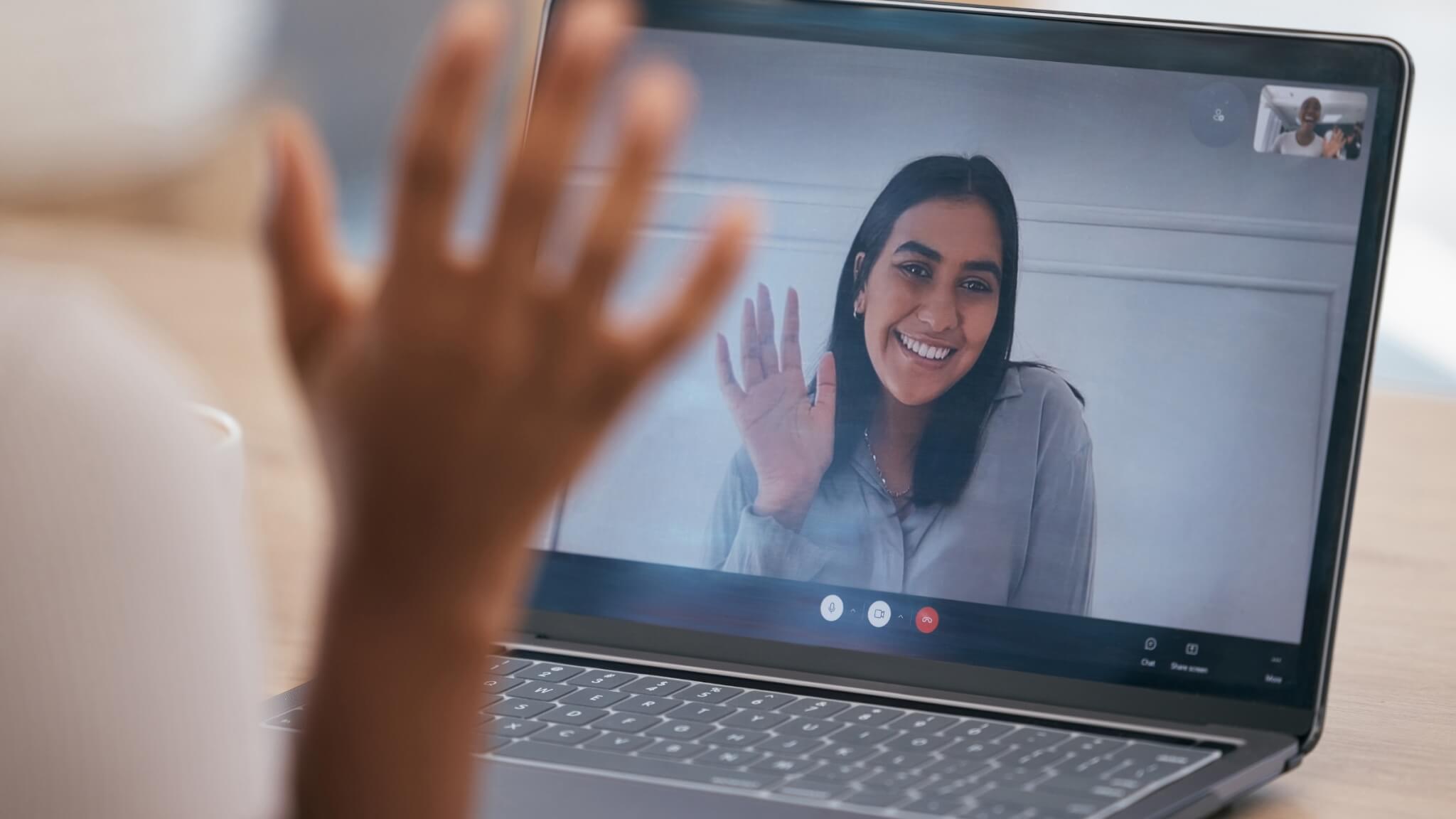

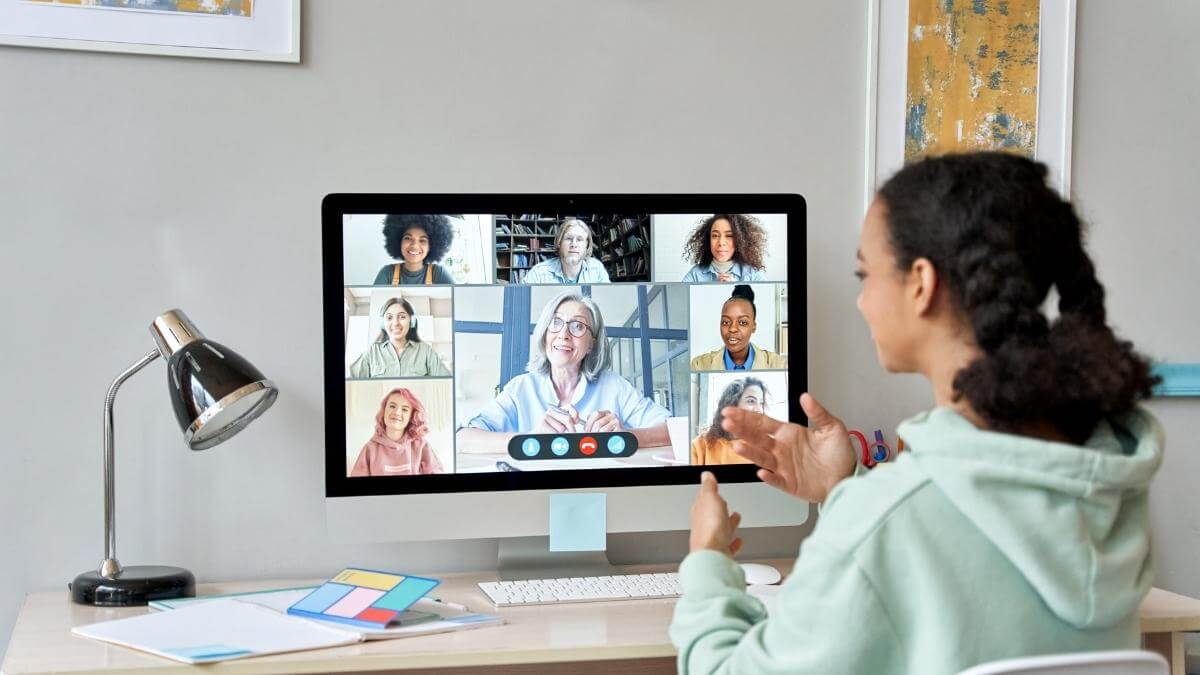



![11 Tips for Productive Virtual One-On-Ones [+ Free Template]](https://fellow.app/wp-content/uploads/2022/07/Productive-Virtual-One-On-One.jpg)


